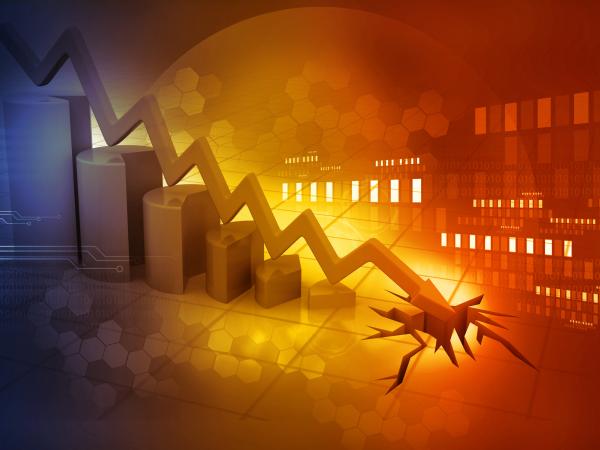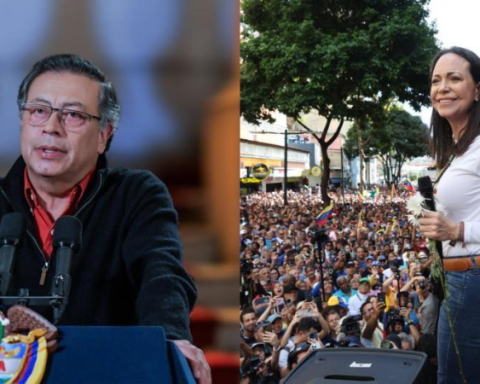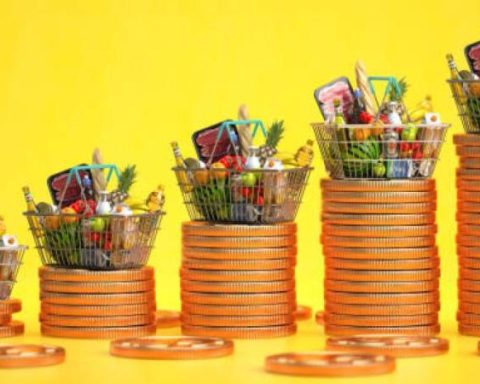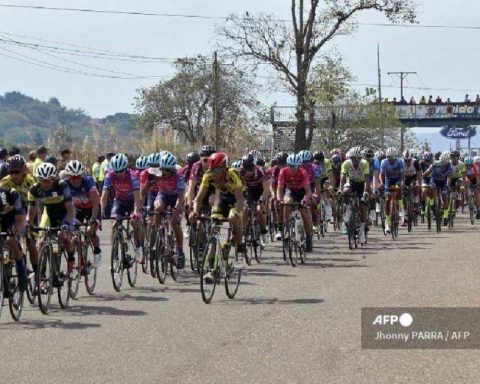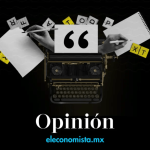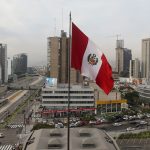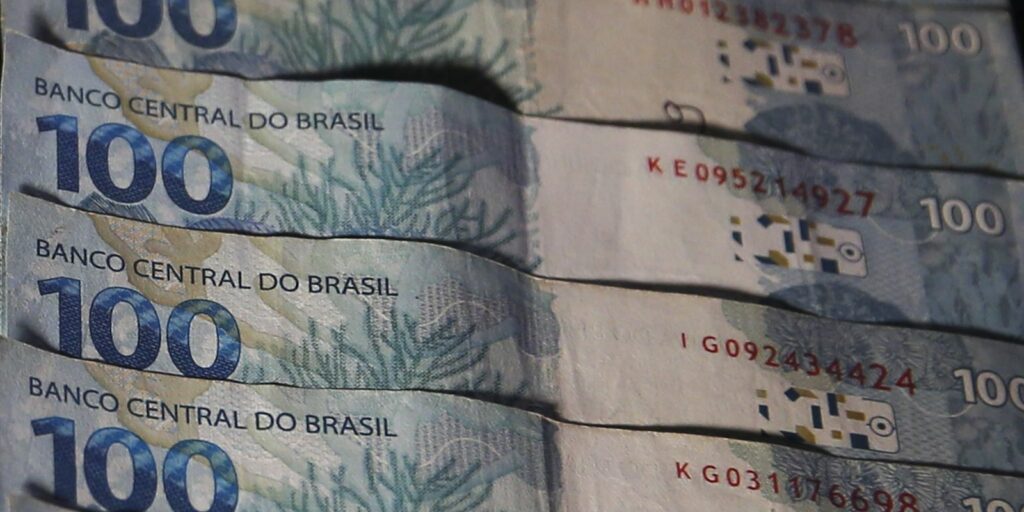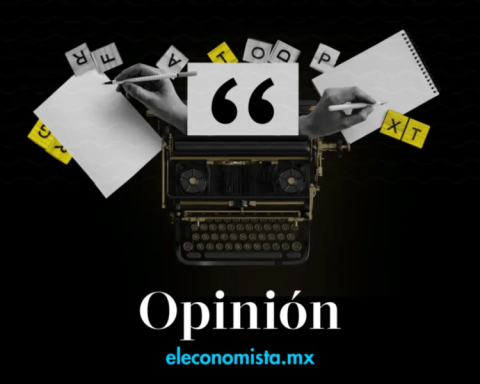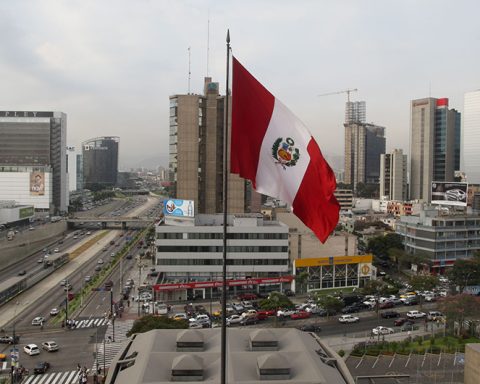The prospects for the economy in 2023 are increasingly pessimistic, with constant cuts to growth projections, higher interest rates that are slowly slowing down consumption and lower sector indicators. But the slowdown has been showing signs for several months, which are becoming more and more accentuated.
(Read: Experts do not see nearby options to replace oil income).
The Economic Monitoring Indicator (ISE), for example, had a slower rate month by month throughout 2022. While in the first quarter it left annual variations of around 8%, in the second half of the year it showed a less dynamic rhythm. In September and October the economy grew 4.4% and 4.6%, respectivelybut in November it stood at 3%.
Likewise, the OECD’s ‘Weekly Tracker’, an index that continuously monitors economies, showed that, while throughout the first semester the indicator managed a level between 7 and 10 points, in the last weeks of 2022 it fell to 1.23 (week of December 18). The first two weeks of 2023 saw a slight improvement, at a level of 5.18 and 5.33.
Two of the main indicators of the economy, industry and commerce have also been showing significant contraction for several months. Despite the fact that industrial production started with double-digit growth, the latest data available (November) showed an annual variation of 4.5%.
(Also: Colombian peso, the second most revalued currency against the dollar).
A similar trend was seen in trade. In January 2022 sales presented an annual growth of 20.9%which throughout the year showed less expansion, but for November it left an annual figure of 1.7%.
Related to this dynamic is consumer behavior. In fact, the consumer confidence closed down at the end of 2022, according to Fedesarrollo. In this indicator, the situation of the country and of households presents a lower assessment, as well as discouragement to buy durable goods. Compared to the Business Opinion Survey, from the same study center, only the data for December will be known this week, but until November there is evidence of a deterioration in the business climate.
The lower consumption dynamics has also been seen in credit. According to the Financial Superintendence, at the end of October 2022 the loan portfolio showed signs of slowing down, in the midst of a scenario of rising interest rates promoted by the Banco de la República to face high inflation.
A report on purchases with Bancolombia cards showed that as a result of the moderation of the economy, especially in the second semester, consumption barely had a real increase of 1%when in 2021 it registered a real growth of 19%.
For the financial market, the trend of the results for 2022 reflects a process of decline, and October was the breaking point: negative variations began to be registered.
(Read: Brake to the increase in tolls sets off alarms in the infrastructure).
Also among the sectors that have seen less dynamism recently is the automotive sector. although in 2022 vehicle sales grew 4.8%, the last quarter was a total contraction. In October sales fell 3.2%, in November it fell 4% and in December the fall was 13.4%, being the worst December in eight years.
For 2023 the outlook It does not look better and experts see a market of 240,000 units, well below the 262,595 in 2022.
Buildings, on the other hand, have also seen a slowdown, as home sales went from 183,641 units in 2021 to 168,224 in 2022, according to Camacol estimates. Agriculture has also presented these signs, as in coffee, since by the end of 2022 the production of the grain closed at 11.1 million bags, 12% less than that of 2021.
BRIEFCASE
